This article was co-authored by Laura Marusinec, MD and by wikiHow staff writer, Megaera Lorenz, PhD. Dr. Marusinec is a board certified Pediatrician at the Children's Hospital of Wisconsin, where she is on the Clinical Practice Council. She received her M.D. from the Medical College of Wisconsin School of Medicine in 1995 and completed her residency at the Medical College of Wisconsin in Pediatrics in 1998. She is a member of the American Medical Writers Association and the Society for Pediatric Urgent Care.
There are 10 references cited in this article, which can be found at the bottom of the page.
This article has been viewed 43,180 times.
Adenoids are part of the immune system, and they help protect children and teens from infectious diseases. They shrink throughout childhood and eventually disappear. Occasionally, a child’s adenoids may become enlarged and lead to increased risk of breathing problems, disrupted sleep, or ear infections.[1] Talk to your pediatrician if your child is in pain or having health issues that may be due to enlarged adenoids. You may be able to treat enlarged adenoids with steroids. If steroid treatments don’t work, consider surgical options.
Steps
Treating the Underlying Cause
-
1Take your child to the doctor for an exam. Your child’s pediatrician may be able to determine an underlying reason for your child’s enlarged adenoids and suggest a treatment. Enlarged adenoids can have many causes, but common ones include:[2]
- A viral infection, like a flu or cold.
- An allergic reaction to food or something in the air.
- A bacterial infection in the throat or upper respiratory system.
-
2Use antibiotics to treat a bacterial infection. If the enlarged adenoids are caused by a bacterial infection, they may shrink once the infection has been treated with antibiotics. Your child’s doctor may prescribe antibiotics along with other treatments, such as medications to reduce inflammation, or surgical drainage of the infection.[3]
- Continue giving your child antibiotics until the course is completed. If you want to take them off the antibiotic before this time, talk to your doctor first. Stopping the antibiotics too early may cause the symptoms to return.
- If your child shows any signs of an allergic reaction while on antibiotics, such as itching, hives, a rash, difficulty breathing, or flu-like symptoms, call your doctor or get medical attention immediately.[4]
Advertisement -
3Treat the symptoms of a viral infection. You can’t cure a viral infection, like a common cold or the flu. However, your child’s doctor may be able to suggest medications or home-care treatments that can reduce adenoid swelling and other symptoms. Treatment options may include:[5]
- Anti-inflammatory medications.
- Decongestants.
- Nasal spray.
- A humidifier for your child’s room.
-
4Explore options for treating allergies. If your child’s enlarged adenoids are being triggered by an allergy, treating the allergy may help shrink the adenoids. The best way to treat the allergy will depend on what’s causing the allergy, and how severe it is. Your child’s doctor may recommend:[6]
- Keeping your child away from allergens. Common allergens include mold, pollen, pet hair, dust mites, cigarette smoke, and certain types of food.
- Using over-the-counter or prescription allergy medications. Always consult your child’s doctor before giving your child an OTC allergy medication.
- Allergy shots. If your child has serious allergies to things like pollen, dust mites, or pets, shots can help get their allergic reactions under control. Allergy shots may take some time or multiple treatments before they start to work. Allergy shots are not used to treat food allergies.
Using Steroids to Shrink Adenoids
-
1Ask your child’s doctor about steroid treatment. If your child’s adenoids are always or often enlarged, steroid treatment may help. Work with your pediatrician to find out if steroid treatment is right for your child.[7]
- Steroid treatment may work best for children with relatively mild symptoms.
- Steroid treatment for enlarged adenoids is typically given in the form of a nasal spray.
-
2Discuss the risks of steroids with your child’s doctor. Steroid nasal sprays can be a good alternative to surgery for enlarged adenoids. However, there are some risks to using steroids long-term. Talk to your doctor about the risks and benefits of steroid treatment before making a decision. Possible risks and side-effects include:[8]
- Irritation and dryness in the nasal passages.
- Damage to the septum (the cartilage and bone between the nostrils).
- Contact dermatitis.
- Delayed growth in children (a rare side effect of nasal steroids)
-
3Use the lowest possible steroid dosage. You can reduce the risks of steroid treatment by using a low dosage. Work with your child’s doctor to determine the lowest dosage that will still help your child feel better.[9]
- Steroids are also less risky when you use them as needed, instead of all the time. The doctor may recommend that you stop using the steroids once your child feels better, and start them up again if the symptoms return.
Considering Surgical Options
-
1Ask your pediatrician if an adenoidectomy is right for your child. An adenoidectomy is the surgical removal of the adenoids. If other treatment options don’t work, you might need to have your child’s adenoids removed. Your pediatrician may recommend an adenoidectomy if:[10]
- Your child’s enlarged adenoids don’t go away on their own or respond to other treatments.
- The enlarged adenoids are making it hard for your child to breathe, sleep, or eat.
- The enlarged adenoids are leading to other health problems, like frequent ear infections or sinus infections.
-
2Follow all pre-surgery instructions carefully. It is extremely important that you follow all instructions for preparing your child for surgery. These instructions are meant to keep your child safe from harmful or fatal surgical complications. Your child’s surgeon will probably ask you to:[11]
- Bring your child in for a health checkup before the surgery.
- Report any symptoms of illness, such as a cold, fever, or flu, in the days before the surgery.
- Prevent your child from eating or drinking anything for a certain period of time before the surgery.
- They may also tell you to have your child stop taking certain medications a few days or weeks before surgery, especially those that affect bleeding and clotting.
-
3Reassure and comfort your child before the surgery. Your child may be scared or upset at the idea of having a surgery done. Stay calm, and let them know that the surgery will help them feel better. Here are some other ways to help your child prepare:[12]
- Stay with them as much as possible before and after the procedure.
- Assure them that they will not look different after the surgery.
- Let them know that they will have a sore throat after the surgery, but that you will give them medicines to help them feel better.
- Answer any questions they may have, or have them ask the doctor.
-
4Watch for problems after the surgery. Serious complications from an adenoid surgery are rare, but they can happen. The most common issues after an adenoidectomy are difficulty swallowing, throat pain, ear pain, vomiting, and fever. Bleeding is also a possible side effect.[13]
- Call your child’s doctor or surgeon if you have questions about how to deal with any of these problems.
- Call the doctor or seek emergency care immediately if your child has any bleeding from the nose or throat or has developed a new fever.
-
5Use good after-care. Your child’s doctor or surgeon will give you detailed instructions on how to care for your child after an adenoidectomy. Make sure to follow these instructions carefully.[14]
- The doctor will probably prescribe medications for your child’s pain. Don’t give your child any other pain medications without checking with the doctor first.
- Your child will need to drink plenty of liquids, and will need to stick to soft, mild foods for a few days.
- Your child may need to rest for a few days, especially if they are taking medications that make them drowsy. Keep them home from school or daycare so they can rest up and feel better.
References
- ↑ https://medlineplus.gov/adenoids.html
- ↑ https://kidshealth.org/en/parents/adenoids.html
- ↑ https://www.urmc.rochester.edu/ear-nose-throat/conditions/adenoid.aspx
- ↑ https://acaai.org/allergies/allergic-conditions/drug-allergies/
- ↑ https://www.aboutkidshealth.ca/Article?contentid=1211&language=English
- ↑ https://www.fda.gov/ForConsumers/ConsumerUpdates/ucm273617.htm
- ↑ https://kidshealth.org/en/parents/adenoids.html
- ↑ http://www.clevelandclinicmeded.com/medicalpubs/ccjm/december2005/pien.htm
- ↑ http://www.clevelandclinicmeded.com/medicalpubs/ccjm/december2005/pien.htm
- ↑ http://www.nhs.uk/Conditions/Adenoids-and-adenoidectomy/Pages/Introduction.aspx
- ↑ https://myhealth.alberta.ca/Health/aftercareinformation/pages/conditions.aspx?hwid=abq5444
- ↑ https://myhealth.alberta.ca/Health/aftercareinformation/pages/conditions.aspx?hwid=abq5444
- ↑ https://my.clevelandclinic.org/health/articles/16714-adenoidectomy-at-home-instructions
- ↑ https://www.aboutkidshealth.ca/Article?contentid=1211&language=English
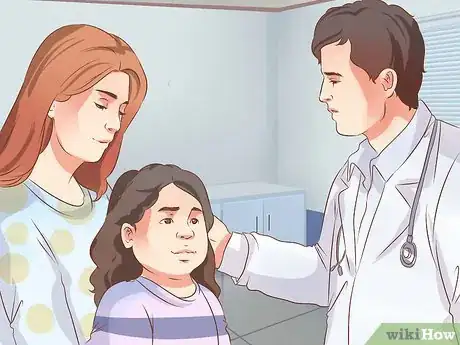
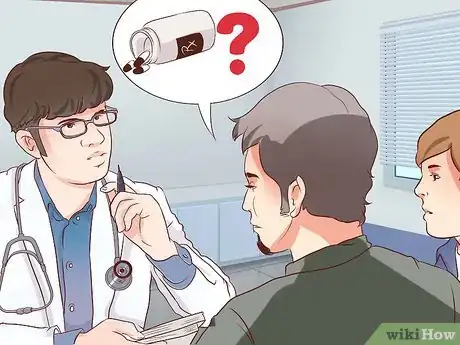
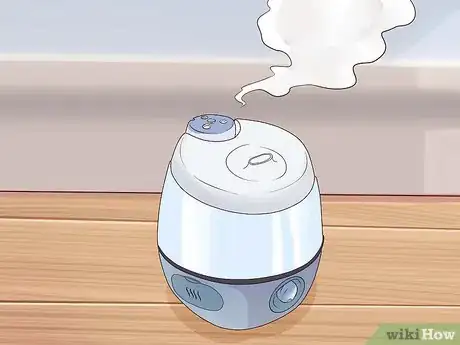

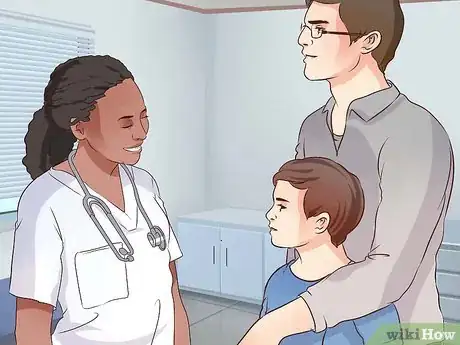

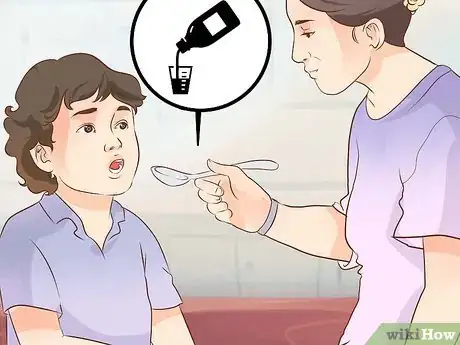
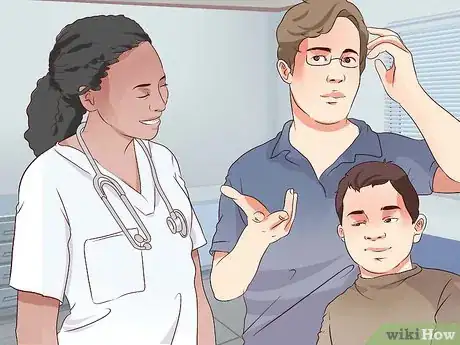

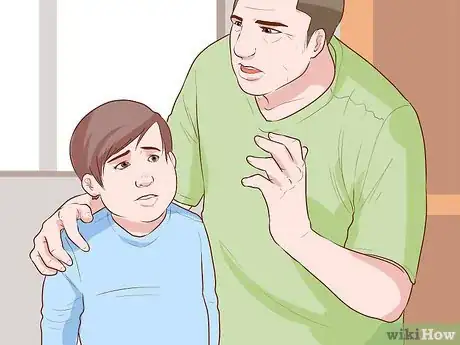
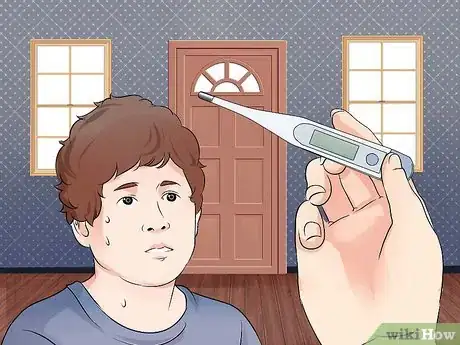
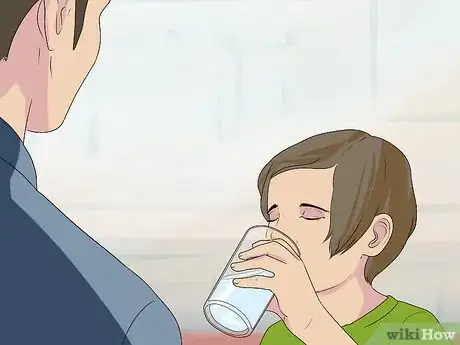
-Step-17-Version-2.webp)
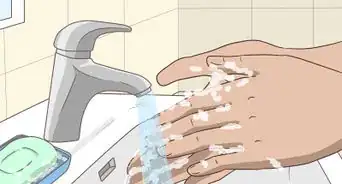
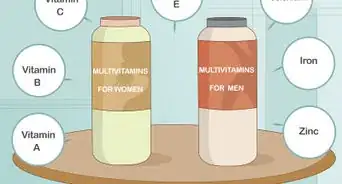

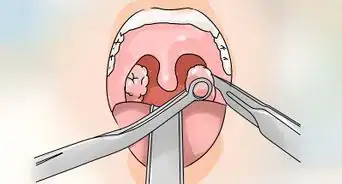



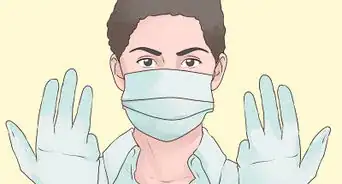
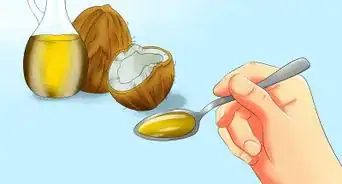
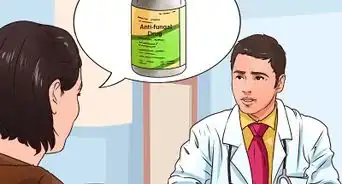
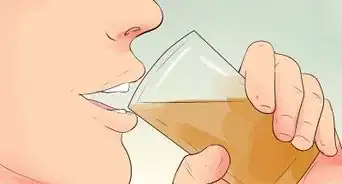
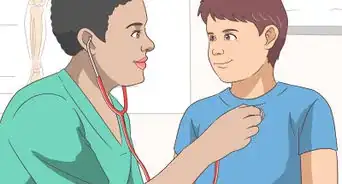
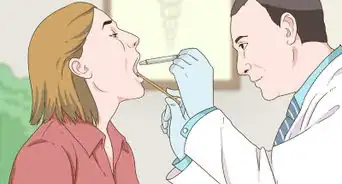







-Step-17-Version-2.webp)
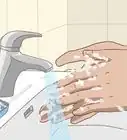

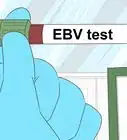




































Medical Disclaimer
The content of this article is not intended to be a substitute for professional medical advice, examination, diagnosis, or treatment. You should always contact your doctor or other qualified healthcare professional before starting, changing, or stopping any kind of health treatment.
Read More...